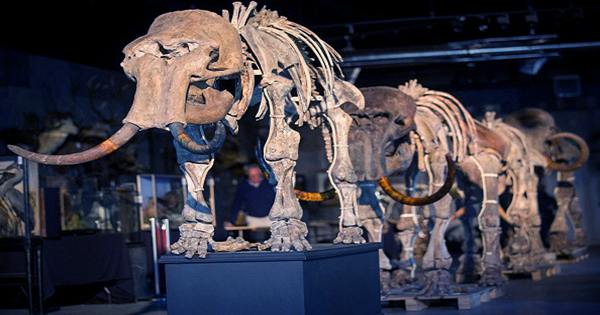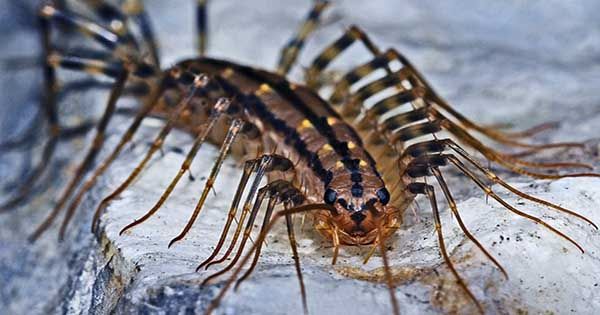It may seem weird to observe one of the largest creatures in the world swimming in shallow, coastal seas that are 30 feet deep while seated on a beach and gazing out to sea. But in order to give birth and care for their young, mother southern right whales travel thousands of kilometers each winter to bay environments.
Why then do they pick such small nursery grounds that could be dangerously close to human activity and where there is a lack of food?
While it has been hypothesized by researchers that up to 50-foot-long whales choose these areas because of the absence of predators and the warmer and calmer waters, a group of biologists from Syracuse University’s Bioacoustics and Behavioral Ecology Lab recently discovered a new possible reason.
They propose that shallow, sandy, near-shore waters are an ideal environment for whales to give birth to and raise their young because these areas have less acoustic propagation, which means vocal signals don’t travel as far there, allowing whale mothers to communicate with their nearby young while being unheard by predators off in the distance.
The research team claims their findings provide fresh light on the migratory behavior of baleen whales, which still raises issues about why they travel such great distances every year. Researchers can better target conservation and management efforts by better understanding how habitats are used and chosen, which is important for endangered whale species like the North Atlantic right whale.
We found that southern right whale mothers and calves spend time in specific locations where they can hear each other, but other animals can’t hear them. These results follow on some interesting recent papers that recorded quiet calls, or essentially whispers, from right whale mothers and calves.
Julia Zeh
Authors Julia Zeh and Julia Dombroski, both Ph.D. candidates in biology in the College of Arts and Sciences (A&S), and Susan Parks, associate professor of biology and principal investigator of the Bioacoustics and Behavioral Ecology Lab in A&S, gathered data at three nursery sites across three continents in the southern hemisphere (South America, Africa, and Australia) where southern right whale nurseries are commonly spotted.
They discovered that the depth at which right whale moms and their young are frequently detected has the most constrained acoustic detection range for their cries in their paper, which was published in Royal Society Open Science.
“Animals that communicate using sound must balance the need to be heard by their intended audience and the risk of being overheard by eavesdroppers such as predators,” says Zeh.
Acoustic crypsis is the modification of sound production behavior to make it less eavesdropper-discernible. Reduced call intensity, the use of signal frequencies that are challenging for eavesdroppers to detect and/or localize, and the reduction or cessation of acoustic signal production effectively going silent to avoid detection are three common acoustic crypsis techniques used by southern right whales to avoid predators.
The team’s paper makes a fourth acoustic crypsis method suggestion that revolves around the habitat preferences of southern right whales.
“We found that southern right whale mothers and calves spend time in specific locations where they can hear each other, but other animals can’t hear them,” Zeh explains. “These results follow on some interesting recent papers that recorded quiet calls, or essentially whispers, from right whale mothers and calves.”
Future studies will examine the potential prevalence of a habitat selection strategy for acoustic crypsis.
















